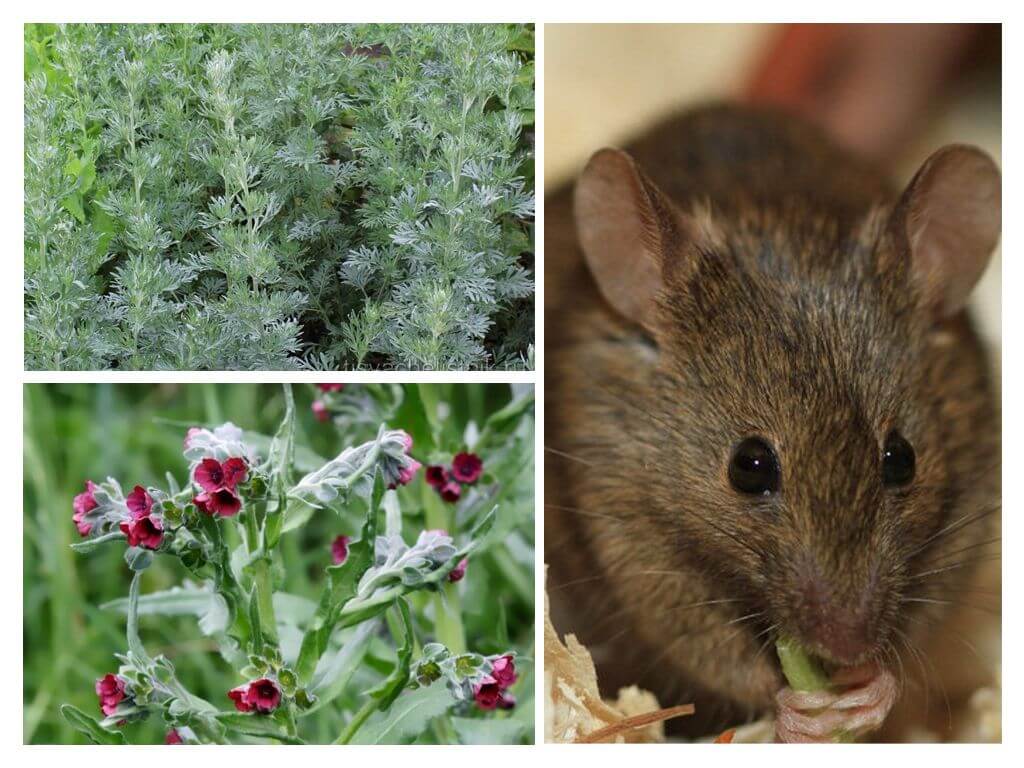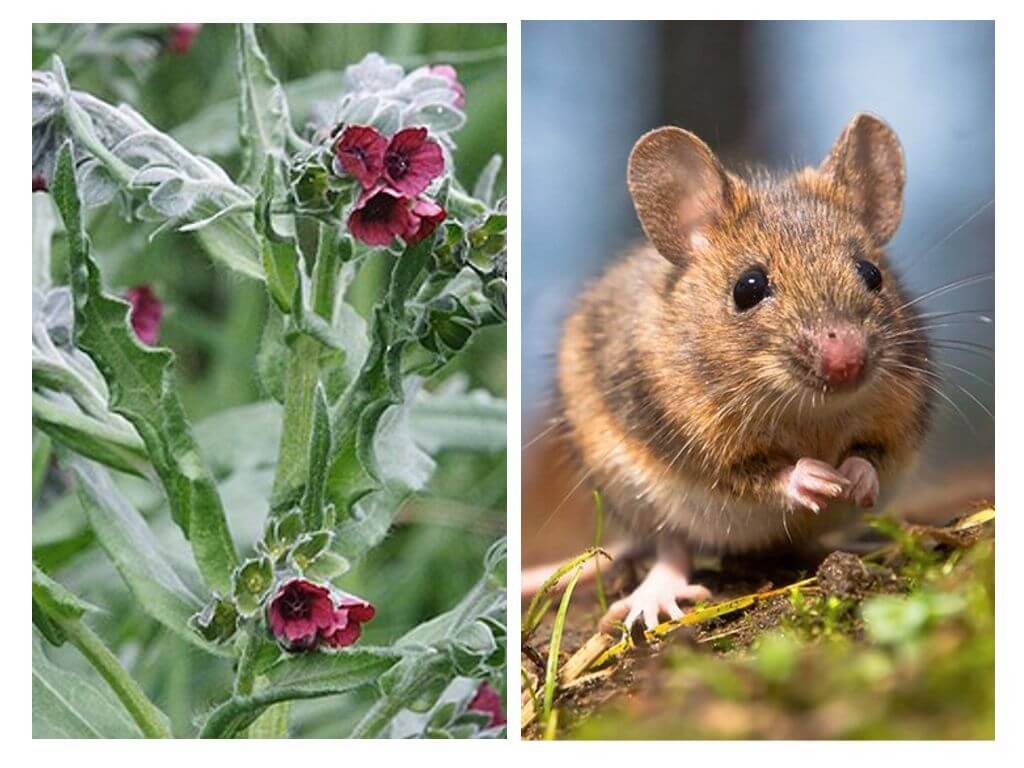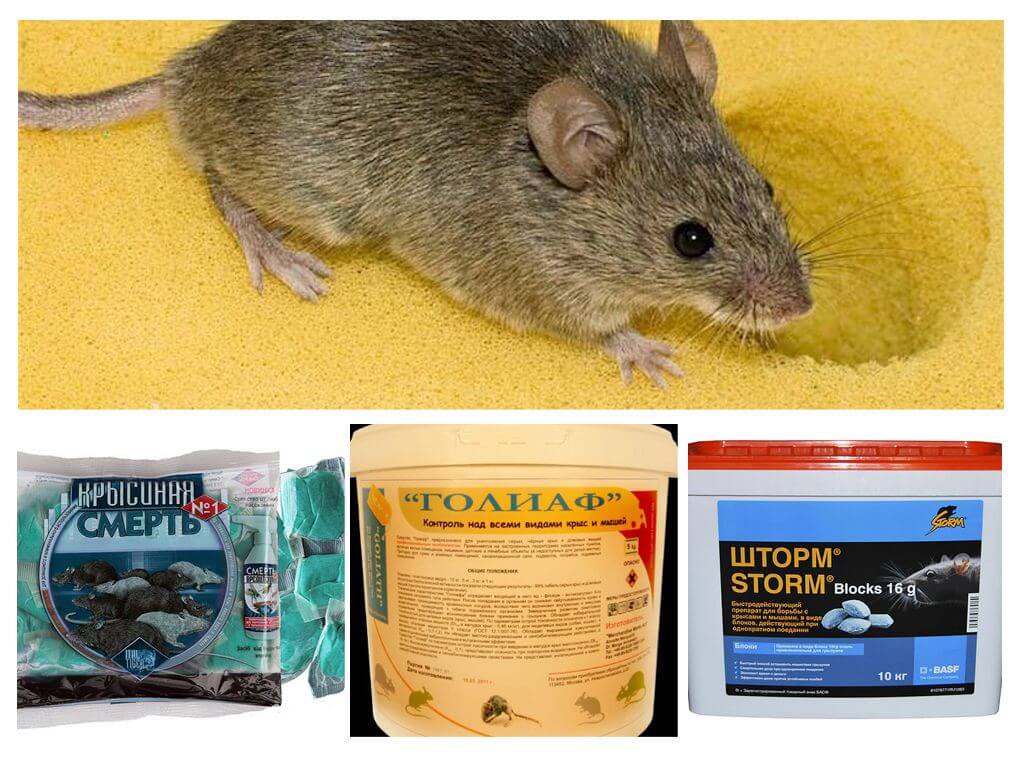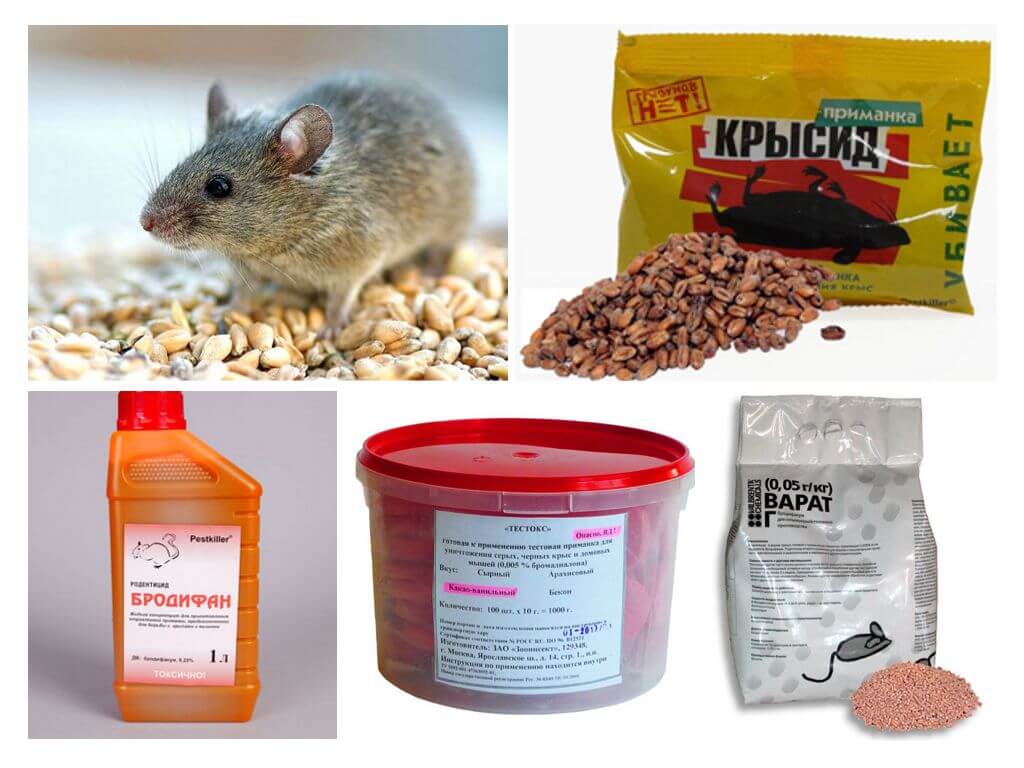- Plants repellents
- Plants raticides
The use of herbs in the fight against various pests is an environmentally friendly method, because it does not harm either humans or pets. If you know what kind of grass mice do not like, then you can successfully apply such methods to scare away rodents that have settled in the apartment, in the country or in the garden.
The use of herbs to control rodents is one of the most peaceful folk remedies for mice. They come in 2 types:
- raticides - varieties of plants, some parts of which (roots, seeds, leaves), are successfully used for the preparation of poison, after which mice die;
- repellents - plants that repel mice with their smell; they are used to drive pests out of the house or from the garden plot.
Repellent plants
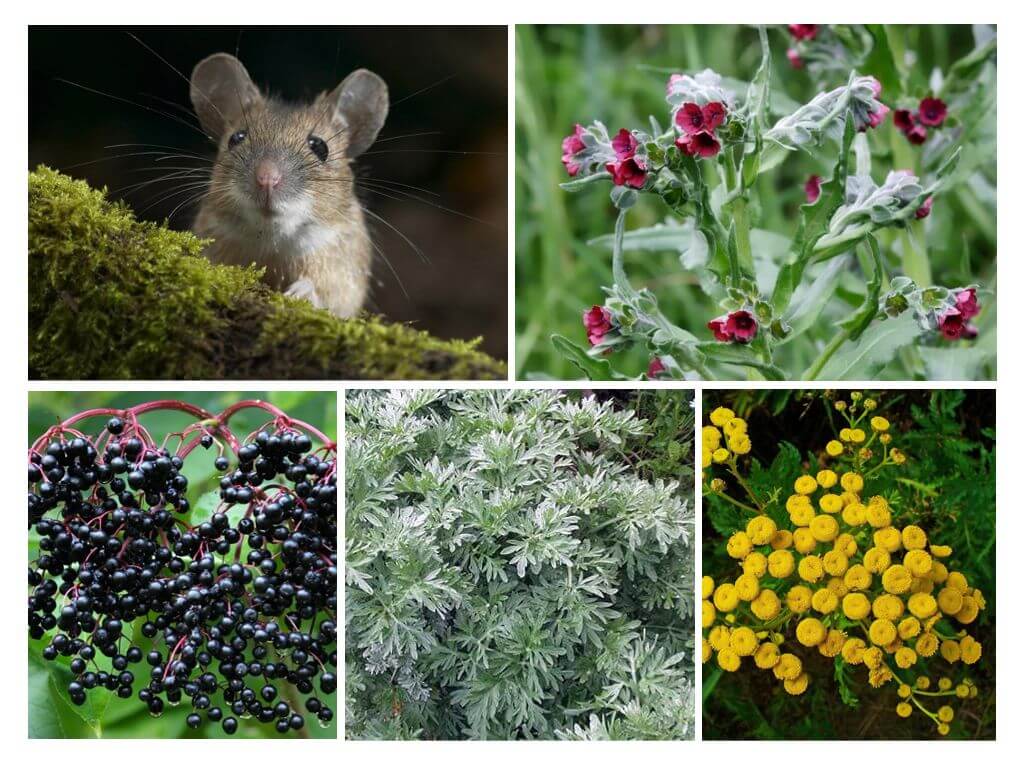
Repellents include the following plants.
Blackroot (rat-rat)
It has been used in dry and fresh conditions for more than a century to fight rodents (see photo). As a poison with added bait, powder from its roots, seeds, as well as plant juice or a sufficiently strong decoction from the roots are used. Freshly picked blackroot or rat-rat grass repels mice and rats quite effectively with its smell. Moreover, its people almost do not feel the aroma, therefore black root can be laid out even in the house: put on shelves with food, in the basement, in the attic, to drive away small pests.
To protect the garden, it is enough to plant 20-25 rat-rat plants on a site, preferably near fruit-bearing trees, a house and a barn where rodents can live. This grass scares away mice, and they are also panicky afraid of the seeds of this plant, which can cling to their wool with thorns.
On a note!
To drive the mice out of their holes, they put dried grass, boiled in boiling water, and often the rat-rat is placed in the hay so that the mice do not equip the nests there.
Elderberry from mice
The grass has a not very pleasant smell, which effectively repels rodents. The roots of black elderberry contain hydrocyanic acid, which is very toxic to animals and humans. Such plant properties were known in antiquity. Rural residents always planted bushes of red and black elderberry in their gardens and orchards, and cut branches were laid out in cellars and other food storage areas.
Sagebrush
Using wormwood from mice and rats used to be a popular way to protect crops from pests: they took dried bunches of wormwood that emit a bitter smell, put them in sheaves of bread, tied the trunks of fruiting trees, and laid grass in the house closer to shelves with food and in the cellar.
Tansy
Grass smelling camphor is tansy, which for many years has been known as a natural insecticide that helps in the fight against various insects: mosquitoes, flies, fleas. Tansy from mice can also be used successfully: by bundling several stems with flowers in bundles, it can be decomposed in the house and in the basement to scare away the smell of mice.
Chamomile
The grass that people love for a pleasant smell, but rodents cannot stand, is chamomile from mice that can be used in dried form, its bundles together with flowers are often placed in utility rooms to protect products by caring housewives.
Ledum
A helper plant that repels not only insects - rosemary from mice will help if its branches are laid out in the corners of rooms and near mouse holes. It is often used for transferring clothes in the wardrobe to scare off the moth.
Wild mint
Grass from mice will help scare them away not only in the house to preserve food supplies, but also planted in the garden and in the garden. Wild mint is dried and used in bunches to scare away rodents.
There are also bulbous plant varieties that are recommended for repelling pests in the garden. So, the bulbs of daffodils, sometimes together with coriander, spread on the beds of root crops, slightly mulching. Daffodils planted around a flower bed with tulips are able to protect the flower garden from voles; they can be planted since autumn to create a hedge.
There are some types of garden crops that can not stand the mouse - it is nightshade (potatoes, tomatoes), onions, planting legumes.
Ratification plants
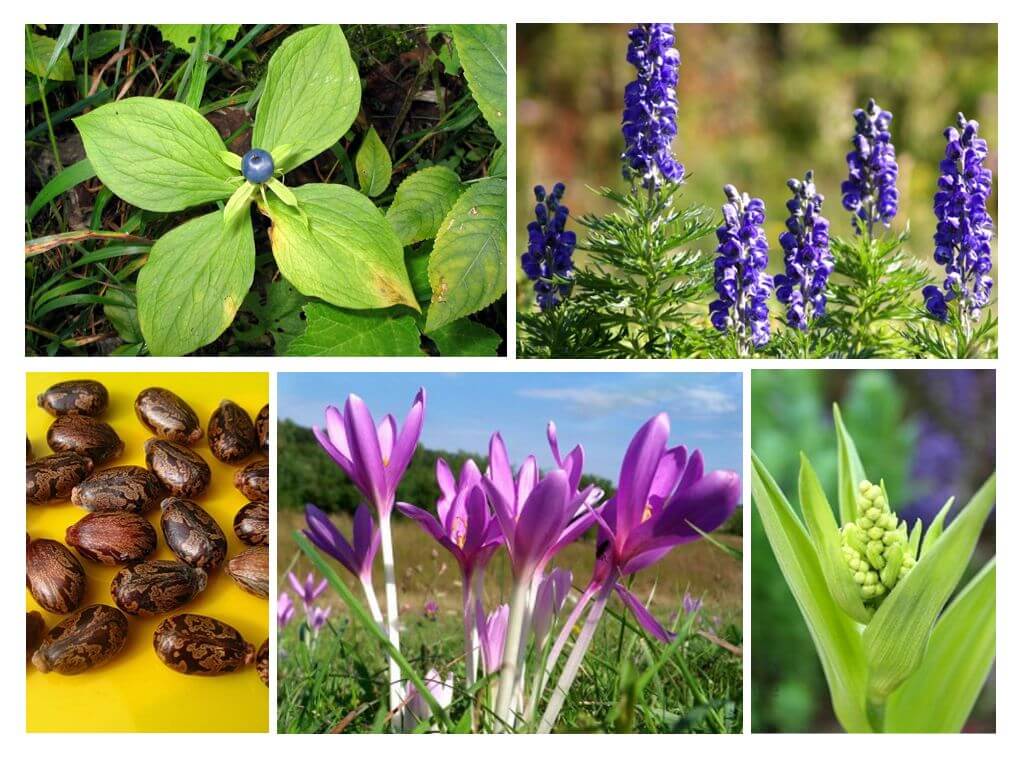
One of the methods of rodent control is the use of poisonous poison mixed with food mouse bait. Plants against mice can also be used as poison; their roots are most often used. Here are some common recipes.
Raven eye
The milled roots of the 4-leafed raven eye are used as poison: 5 g of powder should be mixed with sunflower seeds (100 g) as a bait.
Aconite
Another toxic root of the antacid aconite is widely used to poison mice and rats mixed with any food lure: the powder is made from tubers (50 g) and mixed with 1 kg of cereal or other food.
Hellebore
Tincture of the freshly excavated roots of Lobel hellebore is as follows: 100 g of roots are filled in with 200 g of warm water and infused for 4-5 days, dropping 2-3 drops of hydrochloric acid there. The resulting infusion is mixed with grain and left to swell. Poisoned grain is laid out in the mice for their destruction.
On a note!
Chemeritsa roots are also used to protect trees from rodents in winter. To do this, they are ground into powder and mixed with clay or lime before coating tree trunks in autumn.
Mite
The milled castor oil seeds used for the manufacture also have a toxic effect. poison for mice with vegetable oil.
Thermopsis
The lanceolate thermopsis seed in milled form is used to poison mice by adding them to a mixture with bread. This plant produces a very unpleasant odor, which is also used to scare away rodents from trees. To do this, grooves are made around the trunks with sawdust soaked in tincture of thermopsis.
Important!
When preparing all poison baits with poisonous herbs, care should be taken, as many of them are poisonous not only to mice, but also to humans. Gloves should always be used due to the possibility of burns with poisonous juice.
Autumn colchicum
Another poisonous grass from which you can make bait for rodents is autumn colchicum. To do this, use seeds (20 g), which are added per 1 kg of flour. Mixing thoroughly, the prepared poison is placed in small portions in your favorite places visited by mice. Colchicum can also grow along the southern border of the garden to protect plantings.
Other herbs can also be used to poison mice: datura ordinary, very poisonous to humans and animals, black bleached, etc.
From the above we can conclude that in the fight against mice in garden plots and in private homes can help not only chemicals or mouse trap. Many species of poisonous plants are afraid of mice, because they are frightened off by a strong smell.
Reviews
For several years I have been successfully using wormwood in my summer house to bring mice out of the cellar. I spread it everywhere to drive away rodents, it smells very nice and scares mice.
Marina, Petersburg
In my flowerbed field voles they ate all the tulips, they were not touched only by those that grew next to the daffodils, so next year, I will plant all the flower beds with them.
Galina, Kiev


